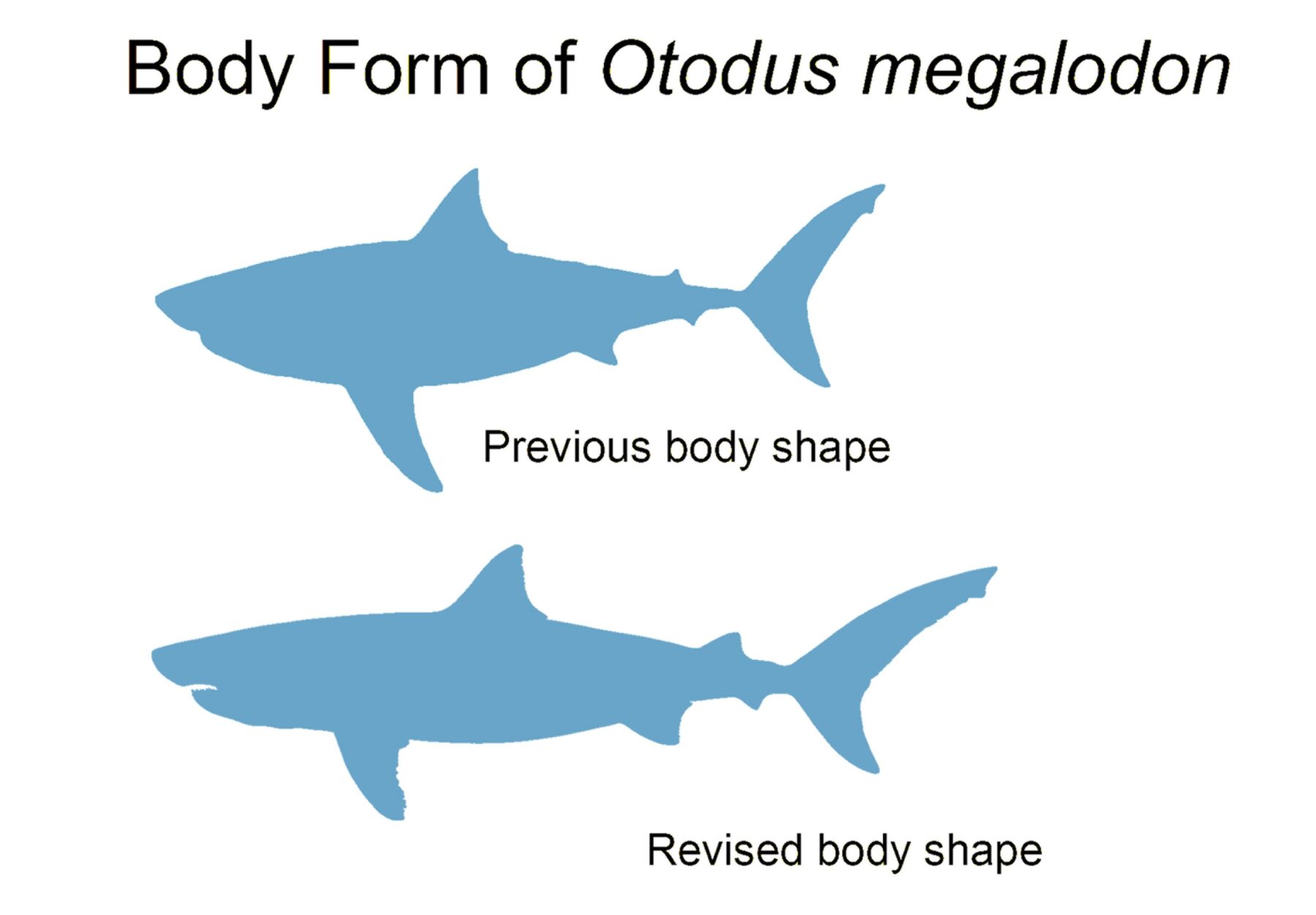Megalodon more ‘slender’ than previously thought

The Otodus megalodon has been extinct for roughly 3.5 million years, but now prowls the silver screen in Hollywood blockbusters. Palaeoart and popular culture typically portray the megalodon as a 15m version of a great white shark – despite no complete skeletons ever having been discovered.
But new fossil analysis offers fresh insight into what this prehistoric predator might have looked like. Palaeontologists measured a fossilised megalodon vertebral column taken from an individual shark from the Miocene epoch (23.03–5.333mya). The vertebral column had a smaller diameter than expected, suggesting megalodon had a proportionally slimmer build and longer body than that of a great white shark.
“The species had an unusually slender vertebral column, which is at odds with previous reconstructions depicting megalodon as a girthy shark,” said Dr Mikael Siversson, Head of Earth and Planetary Sciences at the Western Australian Museum.

Mikael was part of an international team of scientists that challenged the previous interpretations of the megalodon’s body shape, in a new scientific paper in the journal Palaeontologia Electronica. Similar to modern-day sharks, the megalodon had a cartilaginous body that doesn’t fossilise (apart from a few, exceptionally rare cases). Instead, the prehistoric predator left behind a robust fossil record of teeth and vertebrae – leaving the palaeontologists to fill in the blanks. Palaeontologists studying megalodon have looked to great white sharks (Carcharodon carcharias) as an approximate blueprint for what this prehistoric shark might have once looked like. But now, Mikael is urging for a “more strictly evidence-based view” on this extinct shark’s anatomy.
“Although we have a very good idea about the size of the mouth from associated dentitions seemingly including all tooth positions, other anatomical features, such as the shape of the fins and tail, are unknown,” he said. “Going forward, any meaningful discussion on the anatomy of this shark other than the size and robustness of the jaws would require the discovery of more-or-less complete skeletons.”
The megalodon was the largest predatory shark to have ever existed. It lived approximately 16–3.5 million years ago, from the mid-Miocene through to the Pliocene.
RELATED STORY: Megalodon: fact from fiction
RELATED STORY: Megalodon could swallow a great white shark whole, research shows




